Schemas - what a child’s repetitive habits can tell us
Have you ever noticed your child doing the same things over and over again?
Throwing food off the high chair, pressing a button on a toy so it does a really annoying sound repetitively?!
Some insist on putting the same jigsaw together every day, or they might hide your phone or car keys in shoes or underneath blankets. All children have particular habits that can drive parents a little bit crazy, but it may help to know that there’s a reason for repetitive behaviours – your little discoverer is simply learning about the world around them and trying to figure out how things work.
These repeated patterns in children’s behaviour are known as schemas. Schemas help them to construct knowledge and understanding through play. Children are mini scientists, mathematicians and architects, and the schemas they develop assist them as they go on to apply that knowledge to new situations and experiences they come across.
Of course, when they are very small, children explore with their senses and by their interactions with you; by smelling, touching, tasting, looking and hearing. They’re not attaching much meaning beyond the basic ‘If I make a noise, someone will come and find me and make me feel better’. But as they grow, they’ll start to wonder about what happens to different sorts of objects as they toss them off a highchair. They’ll find out that the harder the object, the more noise it makes when it hits the ground. They’re learning about friction, gravity, and the permanence of things.
For example, it’s just fallen on the floor, it hasn’t disappeared altogether.
As a child’s schema knowledge becomes more complex, they will begin to create relationships between different ideas, and use schemas to back up those thoughts and ideas; to gain an understanding of cause and effect.
Here at KTB Kids, our child-centred approach to early years education means that we have a keen interest in children’s schemas. We build on them and encourage our little ones to put them together and explore their worlds. We observe the different schemas different children favour and plan activities which stimulate their interests, while still challenging their learning and development.
There are lots of different schemas but the most commonly identified ones are:
Rotational: children with rotational schemas have a fascination with spinning – items that roll and circular items. This may be shown through an interest in wheels, balls and rolling their bodies.
Trajectory: children with trajectory schemas have an interest in lines which may be shown through a child’s need to run up and down, drop items from a height, and throw objects.
Transporting: children with transporting schemas have an interest in moving objects or themselves from one place to another, as well as bringing objects to an adult. This may be evident in children filling up bags and containers to carry objects around with them.
Connecting: children with connecting schemas are interested in how things join, connect and disconnect. A child exploring this schema may be fascinated by train tracks, construction toys, doors or sticky tape.
Enveloping: children with enveloping schemas enjoy completely covering themselves or objects. Children exploring enveloping schemas may repeatedly wrap things up or cover themselves in blankets.
Enclosing: children with enclosing schemas are interested in creating enclosures around objects or themselves. This may be seen when a child puts borders around drawings or paintings and creates enclosures with blocks or cushions – dens!
Scattering: children with scattering schemas are interested in filling and emptying, as well as seeing how objects spread when dropped or thrown. This schema may be evident in children emptying entire boxes of toys onto the floor or spraying water from spray bottles.
On top: children with on top schemas enjoy themselves or objects being on top of other things. This schema may be demonstrated through climbing on top of furniture or placing everything on top of something else.
Read our collection of pieces about these different schemas to see which your child fits – and find out about resources or activities to encourage their interests.
